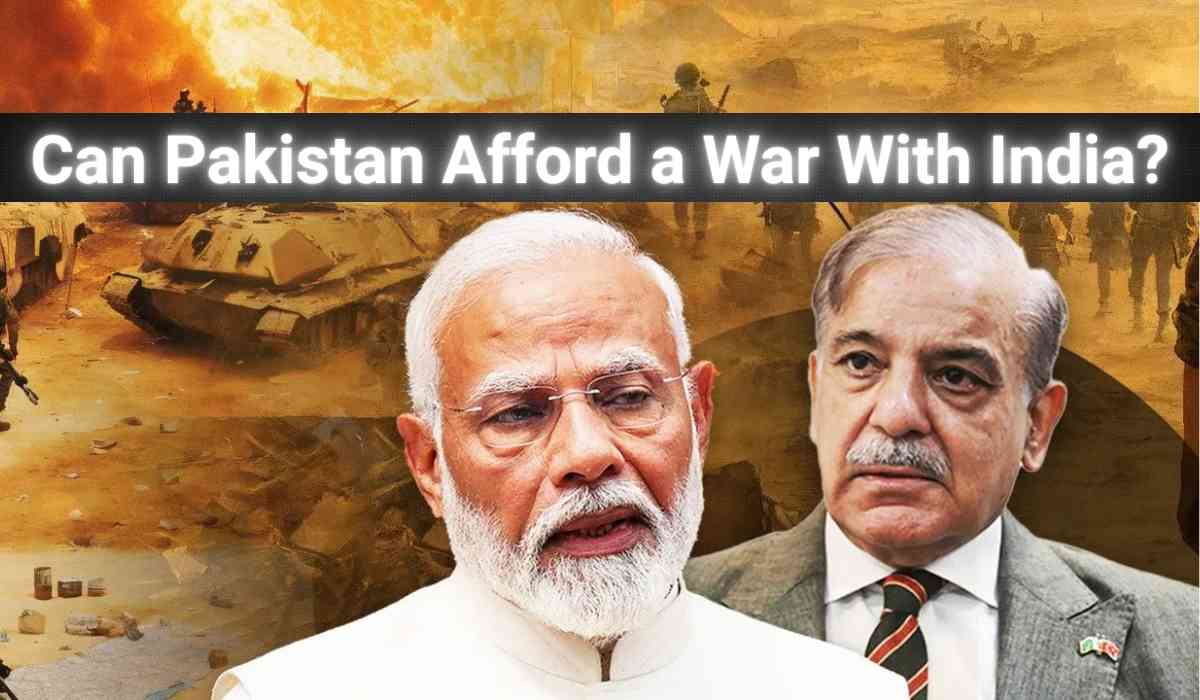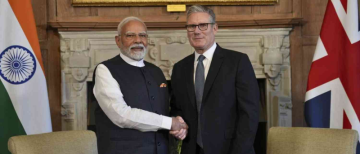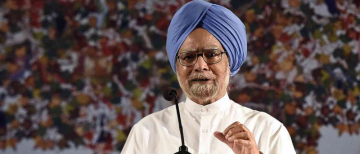As tensions flare following the deadly terror attack in Pahalgam that claimed 26 lives, Pakistan finds itself caught in a tightening vise of diplomatic isolation, economic fragility, and internal security crises. While India has launched sweeping retaliatory measures and hinted at the possibility of military action, Pakistan is confronting a combustible national moment—one that spans its troubled borders with India and Afghanistan, as well as its restive southern province of Balochistan.
The convergence of pressures from all directions raises a critical question: Can Pakistan afford an escalation with India at this point?
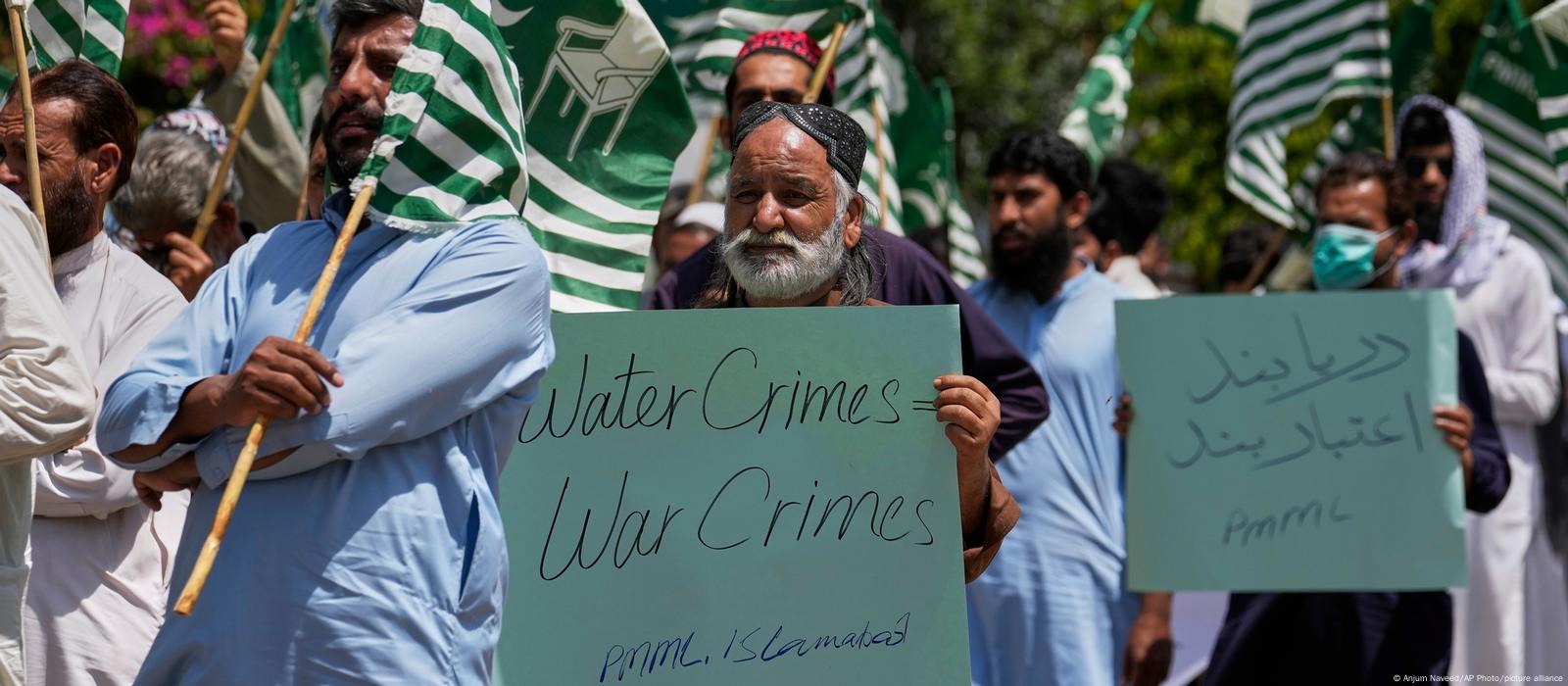
The Pahalgam Attack: A Catalyst for Diplomatic and Strategic Fallout
The brutal terror attack in Pahalgam has become the flashpoint for a dramatic downturn in India-Pakistan relations. India has identified two of the three attackers as Pakistani nationals, reportedly trained across the border—a charge Islamabad denies, even as intelligence inputs corroborate the claim.
India has responded swiftly with a string of strong retaliatory measures:
-
Suspension of the 1960 Indus Waters Treaty, a cornerstone of India-Pakistan cooperation.
-
Immediate closure of the Integrated Check Post at Attari, halting cross-border trade.
-
Revocation of all SAARC Visa Exemption Scheme (SVES) visas issued to Pakistanis, with a 48-hour window to leave the country.
-
Reduction of diplomatic staff in both nations’ missions to 30 personnel by May 1, down from the current 55.
India's Defence Minister Rajnath Singh has assured citizens of a “loud and clear” response, indicating that military options are on the table. Meanwhile, Islamabad has taken a defiant stance, calling for a “neutral” probe while also notifying plans for a surface-to-surface missile test off its Karachi coast on April 24-25, signalling it is not backing down.
But beneath this sabre-rattling lies a sobering reality: Pakistan's military, economic, and political conditions make it dangerously ill-prepared for any form of escalation.
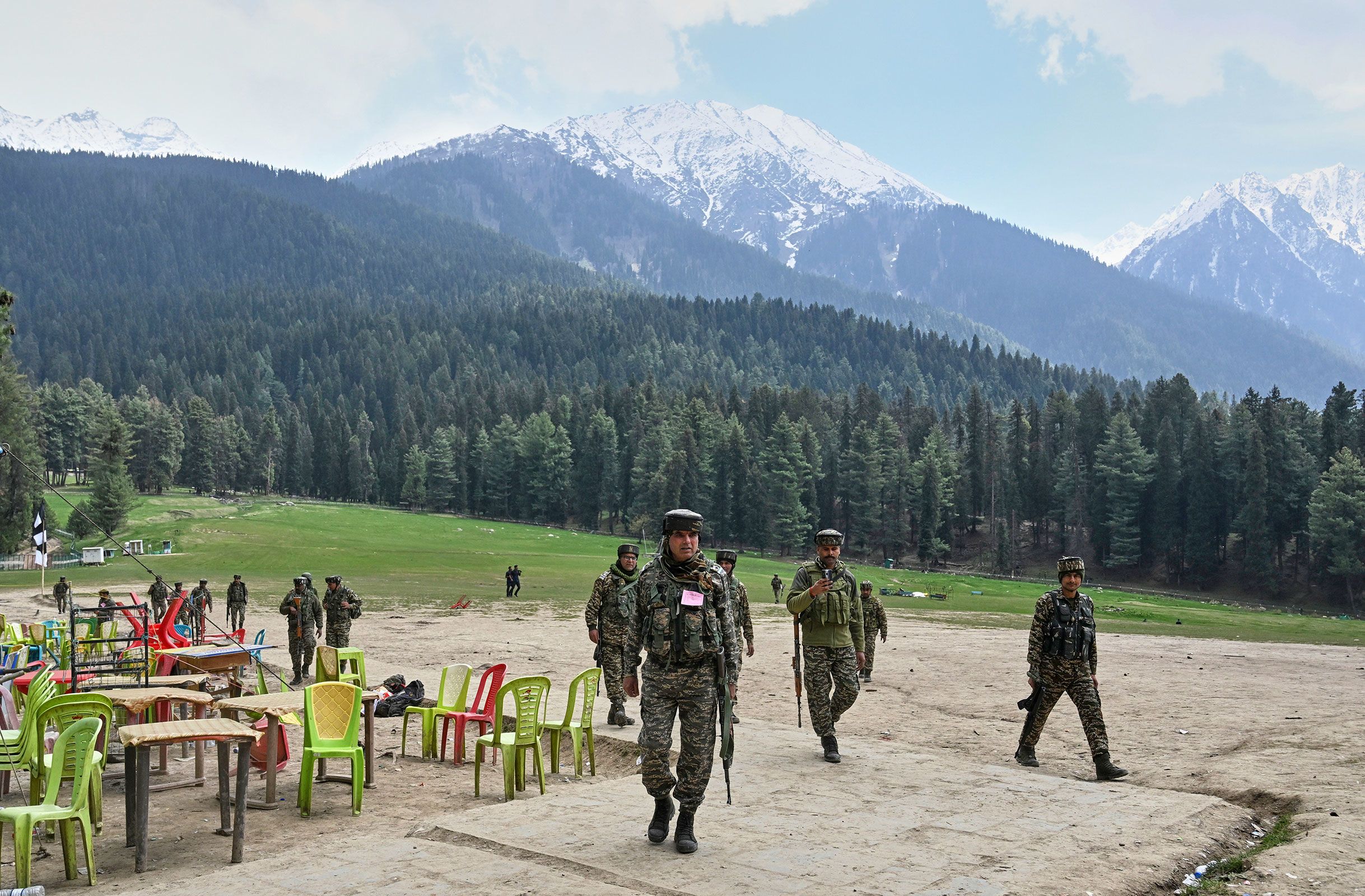
A Ticking Time Bomb in the West: Afghan Border and the TTP
Even as Islamabad grapples with mounting Indian pressure, its western frontier with Afghanistan has become increasingly volatile. A bomb blast in South Waziristan’s Wana district recently killed seven people and injured 16, targeting a pro-government peace committee. This came just a day after Pakistan’s military claimed it had killed 54 militants attempting to cross over from Afghanistan—one of the deadliest confrontations in years.
The Tehreek-e-Taliban Pakistan (TTP), a sworn enemy of the state, has grown increasingly active since the Afghan Taliban took power in Kabul in 2021. Pakistan accuses the Taliban government of providing sanctuary to TTP militants, exacerbating an already fraught bilateral relationship and opening a dangerous western front.
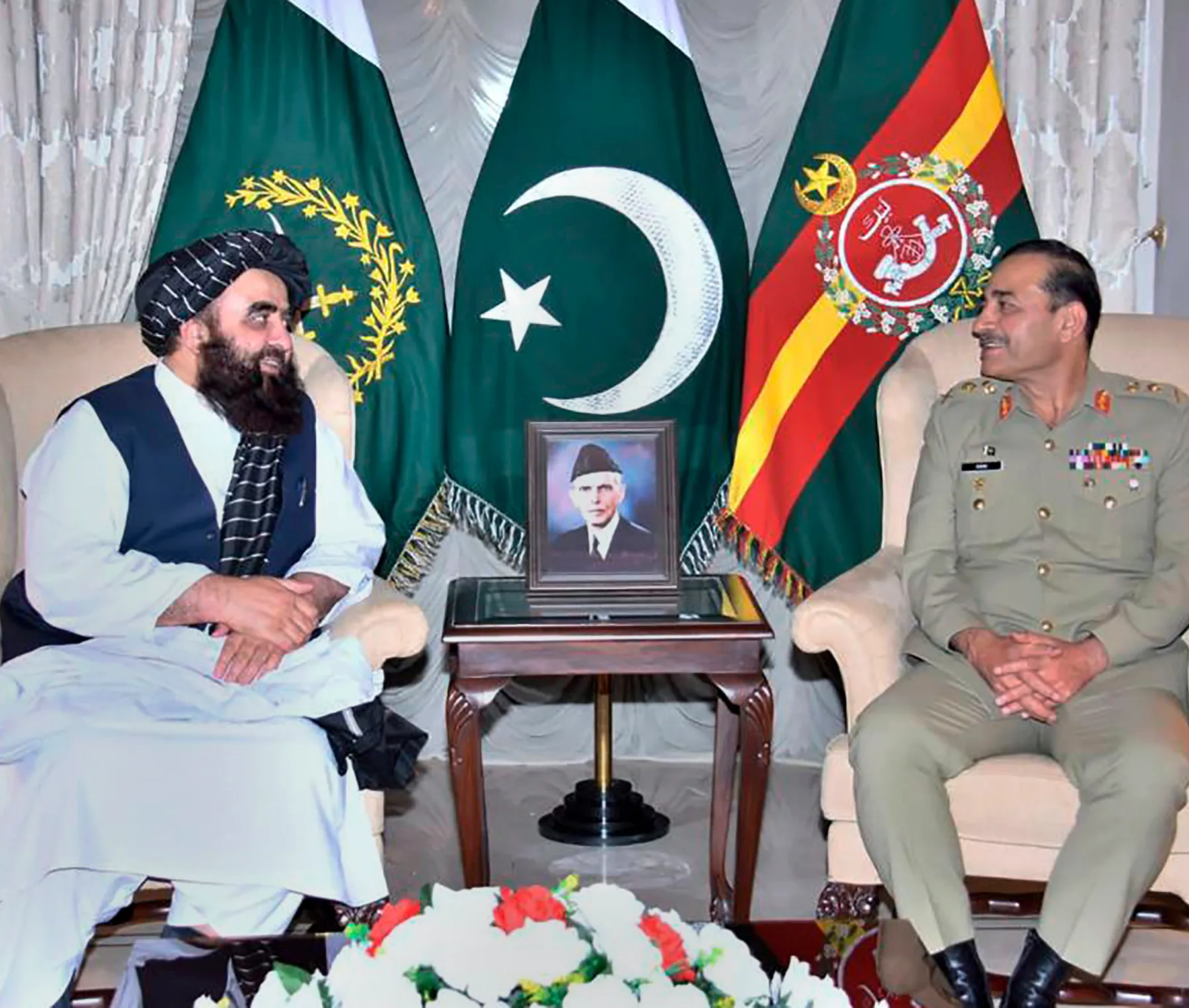
Fear in the East: Diplomatic Freeze with India
India’s decision to suspend the Indus Waters Treaty could deal a critical blow to Pakistan’s agriculture-dependent economy, particularly in Punjab and Sindh. With the closure of Attari and the revocation of SAARC visas, cross-border commerce and people-to-people exchanges have ground to a halt, adding further strain.
Pakistan’s Information Minister Attaullah Tatar dismissed India’s allegations as “baseless,” accusing New Delhi of deflecting from its internal challenges. However, this rhetorical defence does little to change the hard reality: Pakistan is being cornered diplomatically at a time when it can least afford it.
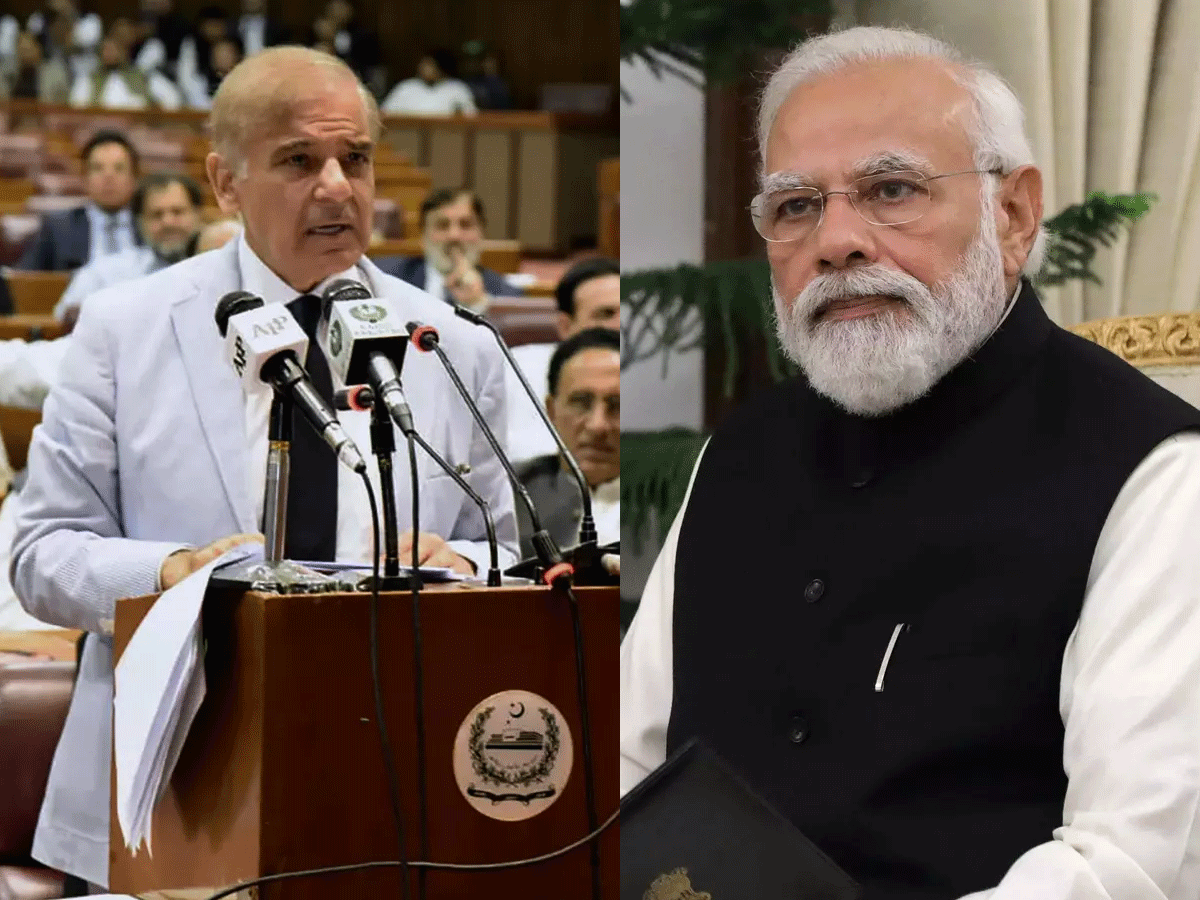
Southern Powder Keg: Balochistan
Pakistan’s largest but most volatile province, Balochistan, is once again spiraling into violence. The discovery of seven bullet-ridden bodies in Ziarat district has ignited public protests and reignited fears about the resurgence of the Balochistan Liberation Army (BLA), a separatist insurgent group.
This internal security challenge is exacerbated by the military’s preoccupation with political control, particularly efforts to entrench General Asim Munir’s so-called “hybrid regime.” The longstanding grievances of Baloch citizens—economic neglect, political disenfranchisement, and human rights abuses—remain unaddressed, feeding a rebellion that could boil over at any moment.
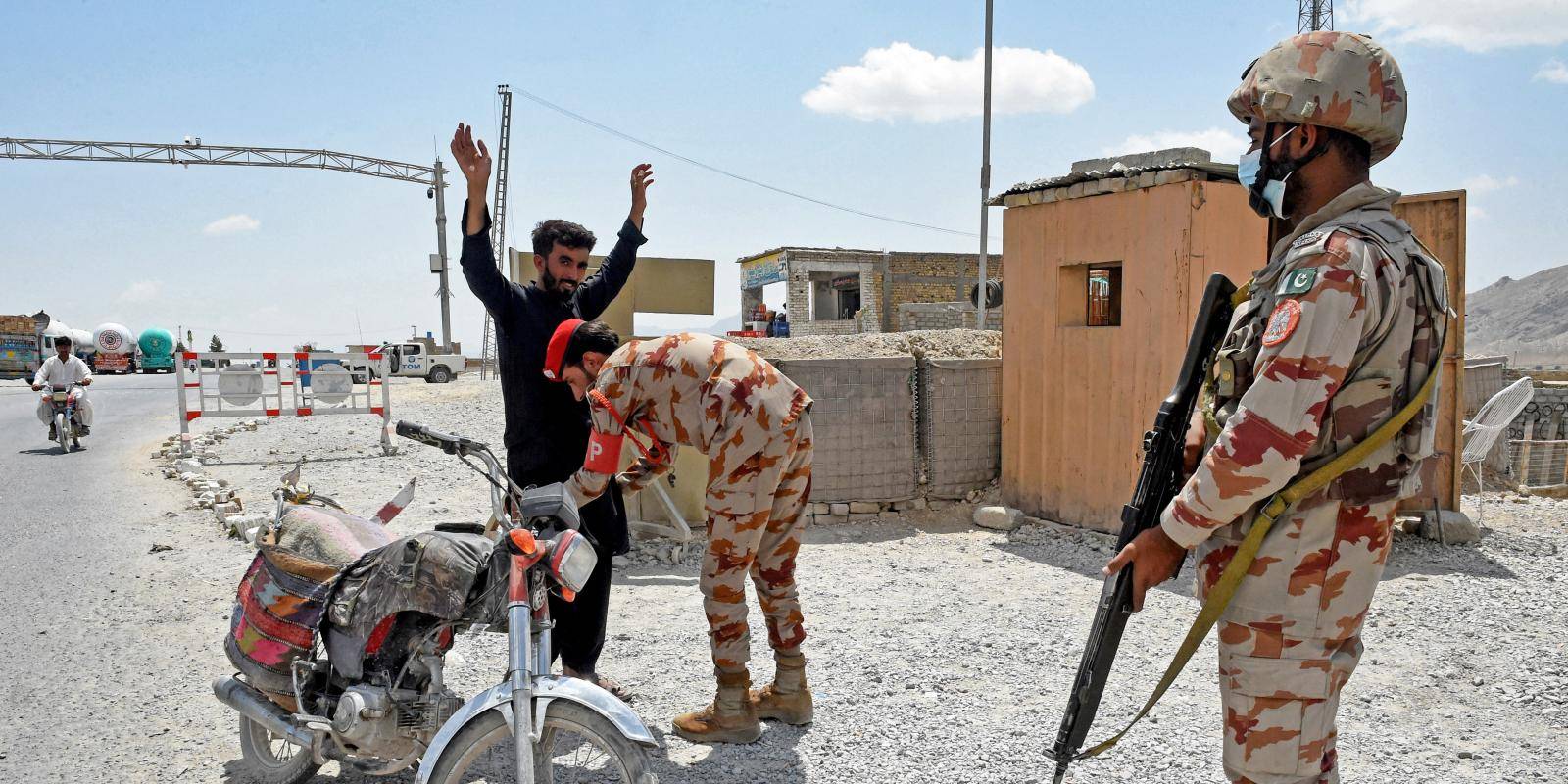
Pakistan's Economy: From the Brink of Bankruptcy to Fragile Survival
Perhaps the most damning obstacle to escalation is Pakistan’s shattered economy, which only recently avoided a sovereign default thanks to an emergency bailout.
A Nation Nearly Bankrupt
In the aftermath of the COVID-19 pandemic, Pakistan’s economy unraveled:
-
Inflation peaked at a record 38.5% in May 2023.
-
Foreign exchange reserves shrank to just $3.7 billion, covering only a few weeks of controlled imports.
-
Interest rates spiked to 22%, while economic growth turned negative.
-
The country spent nearly five years on the FATF grey list for terror financing, making international borrowing more difficult.
-
The debt-to-GDP ratio soared to 70%, with 40-50% of government revenues earmarked for interest payments.
A moment of public embarrassment came when Planning Minister Ahsan Iqbal urged citizens to cut back on tea consumption—because even tea imports required borrowing money.
The only thing that prevented total economic collapse was a $3 billion short-term bailout from the International Monetary Fund (IMF), supplemented by loan rollovers from Saudi Arabia, the UAE, and China.
Recovery Still Uncertain
While the IMF recently approved a $1.3 billion climate resilience loan, and an additional $1 billion disbursement under the existing $7 billion bailout program, these funds are far from a lifeline. Fitch Ratings warned that Pakistan needs to repay $22 billion in external debt in FY2025, including $13 billion in bilateral deposits—an enormous burden for a $350 billion economy still heavily dependent on external aid.
The World Bank recently downgraded Pakistan’s growth forecast to 2.7% for the current fiscal year. Political roadblocks further hinder the structural reforms needed to ensure lasting recovery.
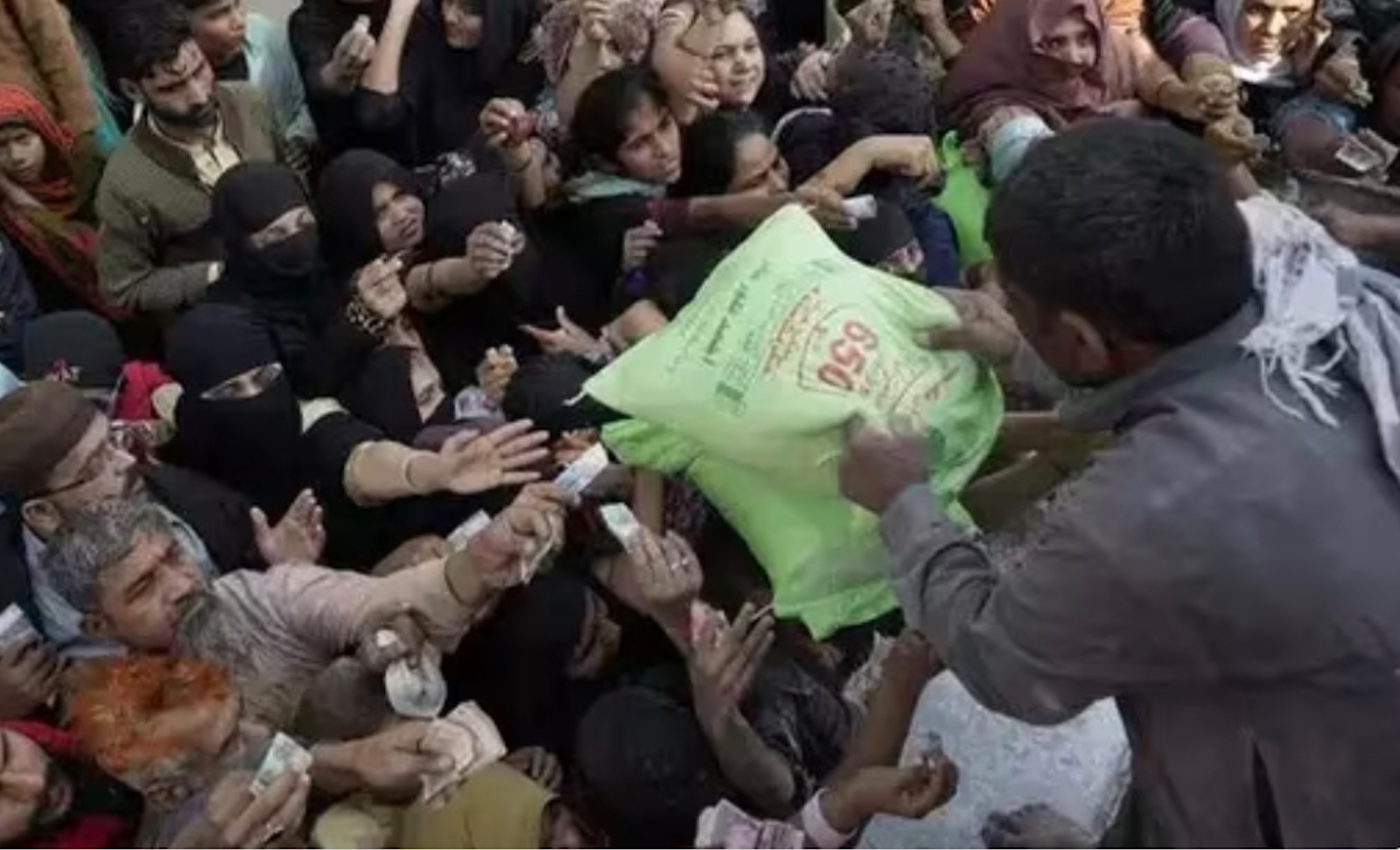
A Military Escalation Could Be Suicidal
Given this economic fragility, any military conflict with India—even if short and contained—could be disastrous. Islamabad’s current posturing, especially General Asim Munir’s hardline rhetoric glorifying Islamist ideology and support for Kashmir-centric militancy, appears aimed more at consolidating domestic support than actually preparing for war.
This may be an attempt to reassert military dominance after facing widespread criticism for the crackdown on Imran Khan’s Pakistan Tehreek-e-Insaf (PTI) party and its failure to control the Balochistan and Khyber Pakhtunkhwa insurgencies.
However, using Kashmir as a rallying cry in such precarious conditions risks inviting a conflict Pakistan is woefully unprepared to manage—strategically, economically, and politically.
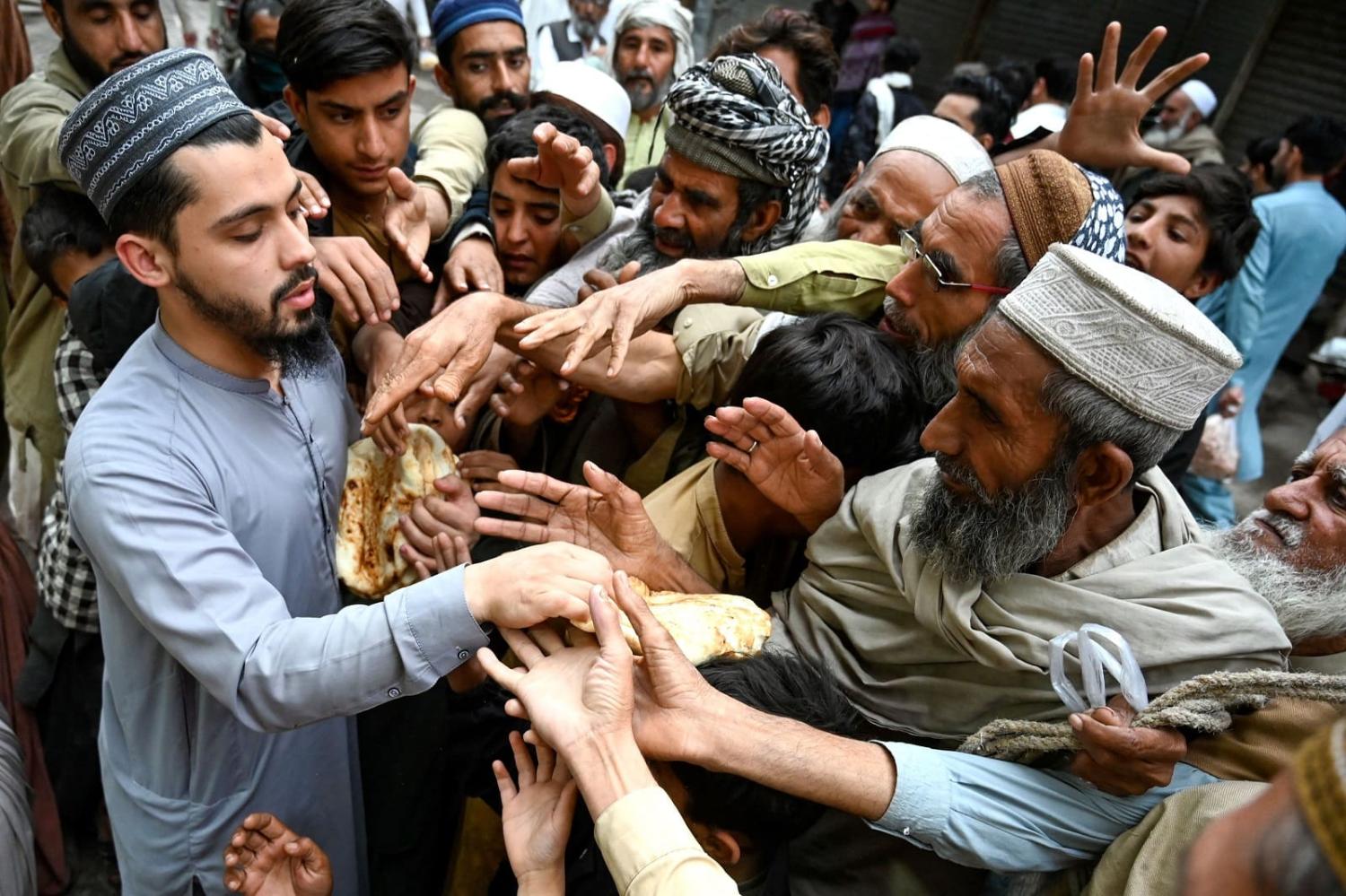
Walking the Tightrope
Pakistan today faces threats on all fronts:
-
In the West, a resurgent TTP emboldened by Afghan sanctuary.
-
In the South, an expanding Baloch insurgency.
-
In the East, the looming threat of Indian retaliation.
-
At home, a crippled economy barely staying afloat through IMF support and friendly loans.
With such combustible internal and external pressures, Pakistan is walking a dangerous tightrope. A misstep—especially one that leads to armed conflict—could plunge the country into a crisis from which recovery may not be possible.
The real cost of escalation, both diplomatic and domestic, may ultimately be too heavy for Islamabad to bear.
Views expressed in the above piece are personal and solely those of the author. They do not necessarily reflect Vygr’s views.
With inputs from agencies
Image Source: Multiple agencies
© Copyright 2025. All Rights Reserved Powered by Vygr Media.

